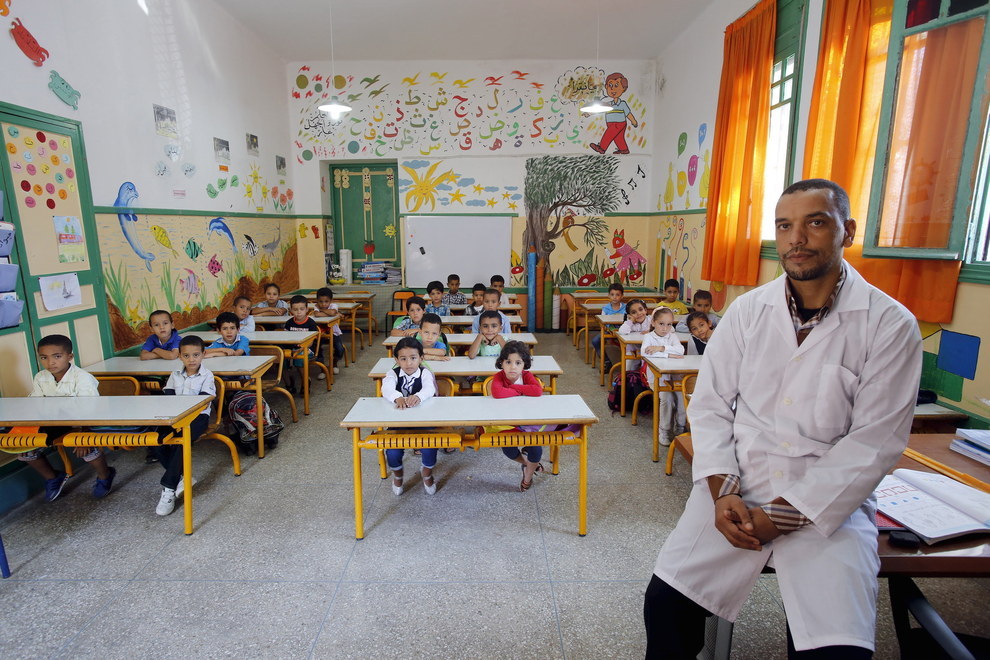
A teacher’s work does not end after taking a class rather it has just begun. The main objective of taking classes is to help students understand their subjects well.
To expect that each and every student will understand and retain their lessons perfectly is not realistic. Some students have their own areas of weakness and require some extra time to learn their lessons at their own pace. However, it is important for a teacher to help students understand the subjects being taught and retain those for future applications.
Students take several tests after the completion of their subjects and course but the tests have been found not very effective in measuring students’ progress. Teachers need to come up with more creative and enticing ways to monitor the progress of their students.
To ensure students have understood and retained their lessons, teachers need to employ several methods that will help them determine their students’ progress during the class itself.
1. Ask a lot of questions to students:
When teaching in the class, teachers always typically ask close-ended questions such as ‘understood?’, ‘any doubts?’, ‘makes sense?’, etc. The students mostly reply in affirmative, regardless of whether they have understood their lessons or not. To avoid this, teachers need to ask open-ended questions and encourage students to clarify their doubts.
2. Ask the students to summarize what they have learnt:
Asking the students to summarize the things they have learnt in the class is a good way to monitor their progress. This will also make the students more attentive during the class and will encourage them to be more creative. Asking students to write down their summaries will also improve their writing skills.
3. Quiz the students:
After the end of the class, quiz the students about the important points of the subject that was taught and assign points to each student. This will make the class more interesting and the students will retain their lessons in a much better manner. Quizzing will also develop the competitive spirit of the students. It will also help the weaker students to remember their lessons after they hear the answers from their classmates.
4. Practice frequently:
Students should be asked to practice their lessons at least three times after the end of the class. The students must be given instructions to focus on the important areas of a subject and practice the areas till they understand it thoroughly and can retain it for a long time.
5. Surprise test:
After asking the students to practice the subjects taught, a teacher can ask the students to take a surprise test. A surprise test may be frowned upon by many students but it is an important way to monitor their progress and help the teachers to prepare strategies to teach students in a better manner.
6. Use variety:
To impart a strong education, teachers need to employ adequate several individual and group methods to ensure that students have understood their lessons well. Teachers, however, need to make sure that the techniques used are not repeated often so that they can be effective for students in learning and retaining their lessons.
7. Check for misconceptions:
Teachers need to check for any misconceptions the students may have about a particular chapter of a subject. The misconceptions of the students must be dispelled by the teachers and help the students in getting the correct perspective of a chapter. This is especially important in teaching an analytical or methodical subject such as physics, geology, geography, electronics, IT, etc. A bit of misunderstanding or misconception will affect the students in the long run.
Latest posts by Yvonne Sim (see all)
- 9 Classroom Management Apps That Can be Utilized by Teachers - August 26, 2017
- How Can Teachers Make Sure That Students Revise Their Lessons? - July 2, 2017
- Innovative Ways of Toddler Tantrum Management - June 14, 2017














